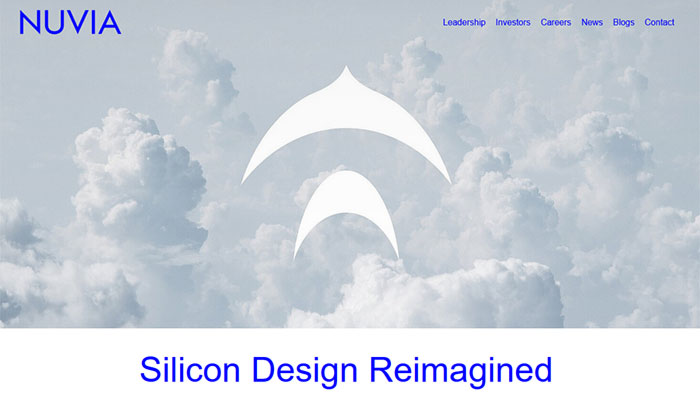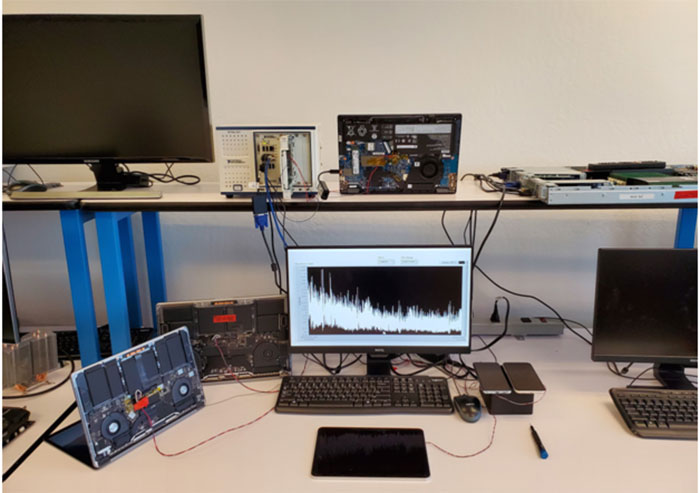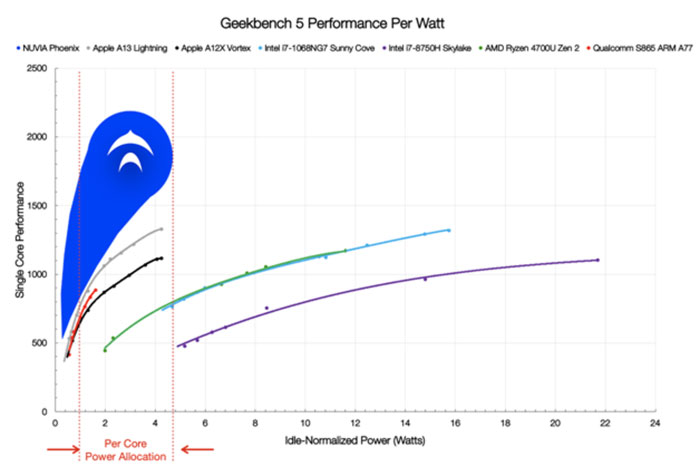Back in November last year HEXUS reported on Silicon Valley startup Nuvia breaking cover. The firm, founded by three ex-Apple executives in early 2019, had already received some serious backing for its work on a breakthrough range of data centre processors – it had recently raised $53m from Dell Technologies Capital and several Silicon Valley firms as it went public about its plans.

All we knew back then was Nuvia's intended target market and the pedigree of its three founders: Gerard Williams III left Apple in spring 2019 after nine years as chief architect for all Apple central processors and SoCs; Manu Gulati spent eight years at Apple working on SoCs; and John Bruno spent five years at Apple (platform architecture group) but also worked for Google before founding Nuvia. Moor Insights & Strategies boss Patrick Moorhead sounded pretty sure the trio's track record would pay dividends, crediting them with "unprecedented" inter-generational performance gains while at Apple.
Today, HEXUS received a lengthy email about what Nuvia has been busy working on ever since it formed, and providing what you might call a performance preview of the Phoenix CPU core. To introduce its new server SoC, Nuvia started by claiming that it had produced a processor that will be "the heartbeat of the cloud". We all know this is a lucrative market. However, to penetrate the cloud server CPU market there are many hurdles to cross to be a success, and not many companies have made it previously.

In its communication, headlined "Performance delivered in a new way," Nuvia made it clear that it understood why many predecessors hadn't gained the success they expected but that it has considered all these potential pitfalls and is still confident of breaking through. For reference, it says false starts by Intel server challengers were caused by problems with one or more of the following; performance, infrastructure readiness, or an immature software ecosystem.
Though Nuvia claims that the first generation Phoenix CPU is a "clean sheet design" it is actually a custom core based on the Arm architecture. Phoenix will be central to Nuvia's 'Orion' SoCs.
Nuvia reckons it has found "a new way forward" with its Arm-based cores in the data centre cloud server market. In its communication it backed up this assertion with a performance preview chart which showed Nuvia Phoenix core performance in Geekbench 5, which it described as a good metric as it "consists of a series of modern real-world kernels that include both integer and floating-point workloads," and is multi-platform.

Above you can see the Nuvia Phoenix really punches through in the single core tests in the 1W to 4.5W per core power limit. Importantly the above is actually a projection. To quote Nuvia: "When measured against current products available in-market in the 1W-4.5W power envelope (per core), the Phoenix CPU core performs up to 2X faster than the competition. Nuvia’s Phoenix CPU performance is projected using architectural performance modeling techniques consistent with industry-standard practices on future CPU cores."
Nuvia wraps up its communication by admitting that competitors won't be standing still and could fortify their server processors with double digit performance gains over the next 18 months. However, even if Intel, AMD, Apple of Qualcomm make such significant steps, Nuvia still believes its first Orion SoCs will "hold a clear position of leadership in performance-per-watt". Of course that remains to be seen and over the coming weeks and months (18 months to launch perhaps?) Nuvia will share more perspectives on its SoC architecture and performance.













